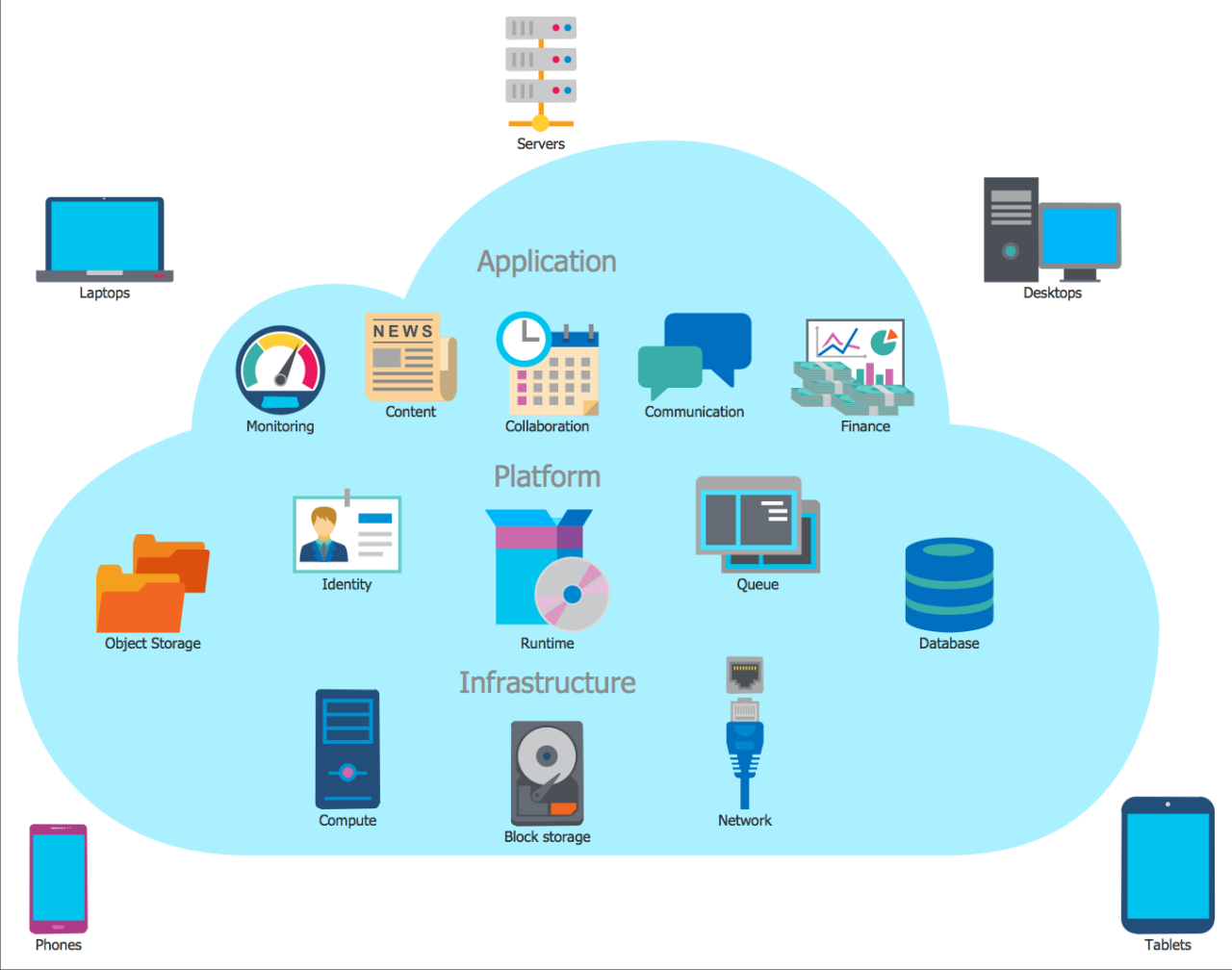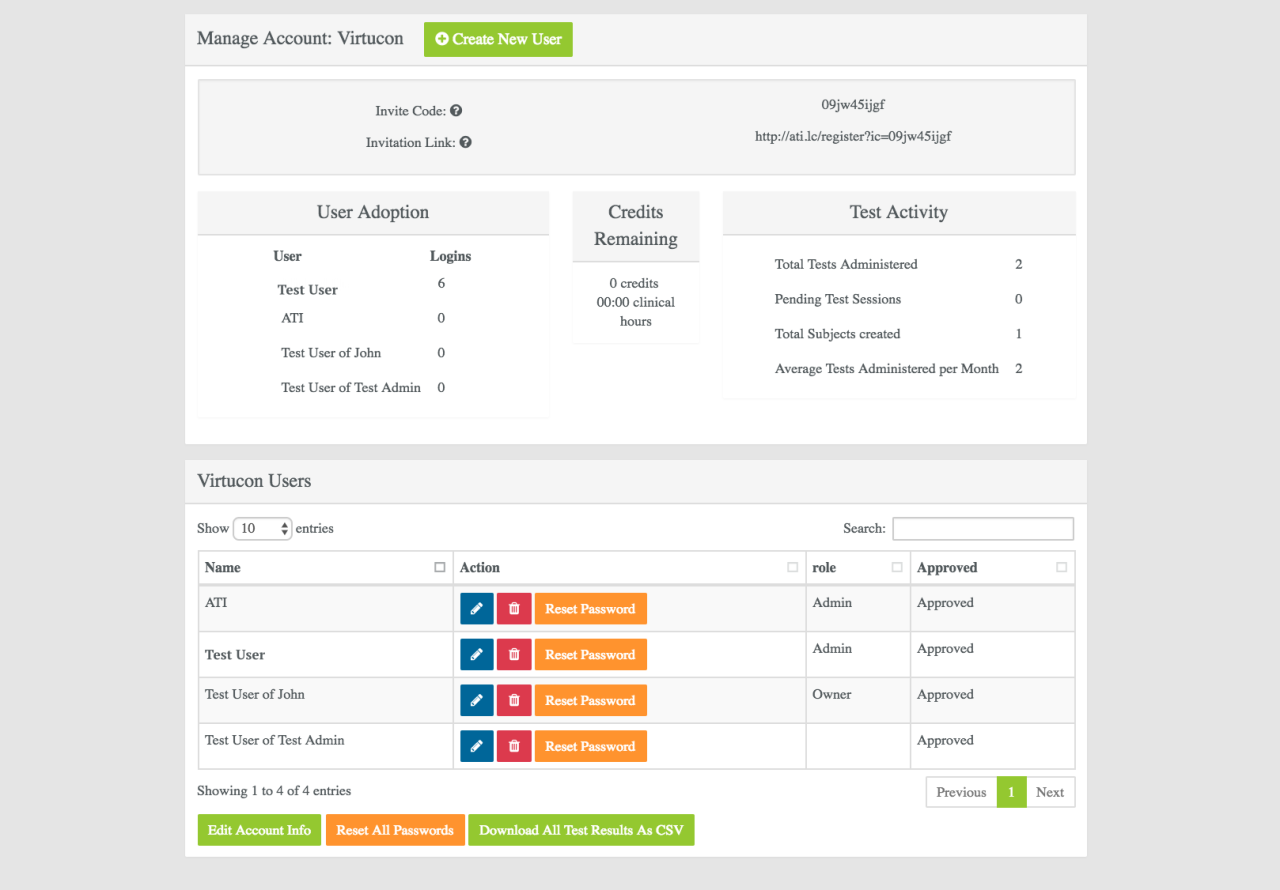Cloud Network Technologies: Transforming Modern Networks
Cloud network technologies are revolutionizing the way we think about and interact with networks. They offer unparalleled flexibility, scalability, and cost-efficiency, empowering businesses to adapt to ever-changing demands. From the […]

Cloud network technologies are revolutionizing the way we think about and interact with networks. They offer unparalleled flexibility, scalability, and cost-efficiency, empowering businesses to adapt to ever-changing demands. From the rise of public clouds like Amazon Web Services (AWS) and Microsoft Azure to the emergence of hybrid and multi-cloud solutions, cloud networking has become a fundamental component of modern IT infrastructure.
This comprehensive guide delves into the core concepts, architectures, and technologies that drive cloud networking, exploring the benefits and challenges of this transformative paradigm. We’ll examine key concepts like virtualization, software-defined networking (SDN), and network function virtualization (NFV), as well as the security considerations and performance optimization techniques essential for successful cloud network deployments.
Introduction to Cloud Network Technologies

The rise of cloud computing has revolutionized the way businesses operate and access technology. It has brought about a fundamental shift in how networks are designed, managed, and utilized. Cloud network technologies play a pivotal role in enabling this transformation, offering unprecedented flexibility, scalability, and efficiency.
Cloud Computing Fundamentals and Impact on Networking
Cloud computing refers to the delivery of computing services—including servers, storage, databases, networking, software, analytics, and intelligence—over the Internet (“the cloud”). Instead of owning and maintaining physical data centers and infrastructure, organizations can access these resources on demand from cloud providers. This shift has significantly impacted networking in several ways:
- Increased Demand for Bandwidth and Connectivity: Cloud adoption has led to a surge in data traffic, requiring robust and scalable network infrastructure to support the exchange of information between users, applications, and cloud services.
- Virtualization and Software-Defined Networking (SDN): Cloud networks heavily rely on virtualization technologies to create virtual network components, such as routers, switches, and firewalls. SDN allows for centralized control and automation of network functions, enabling greater flexibility and agility.
- Hybrid and Multi-Cloud Environments: Businesses often adopt hybrid or multi-cloud strategies, using a combination of public, private, and edge cloud services. This necessitates complex network architectures that seamlessly connect different cloud environments and on-premises infrastructure.
History of Cloud Network Evolution
The evolution of cloud network technologies can be traced back to the early days of the internet. Key milestones and innovations have shaped the landscape:
- Early Internet and Data Centers (1990s): The advent of the internet and the development of data centers laid the foundation for cloud computing. Early cloud services, such as web hosting and email, emerged during this period.
- Virtualization and Infrastructure-as-a-Service (IaaS) (2000s): Virtualization technologies, such as VMware and Xen, enabled the creation of virtual machines, paving the way for IaaS offerings from companies like Amazon Web Services (AWS) and Microsoft Azure.
- Software-Defined Networking (SDN) and Network Function Virtualization (NFV) (2010s): SDN and NFV emerged as key drivers of cloud network innovation. SDN allowed for centralized control and automation of network functions, while NFV enabled the virtualization of network devices.
- Cloud-Native Applications and Microservices (2010s-Present): The rise of cloud-native applications and microservices architectures further accelerated the adoption of cloud network technologies. These applications are designed for deployment and scaling in cloud environments, leveraging cloud-specific networking features.
Real-World Examples of Cloud Network Transformations
Cloud network technologies are transforming businesses and industries across various sectors:
- E-commerce: Cloud-based platforms enable online retailers to scale their operations rapidly, handling massive traffic spikes during peak seasons and promotions. They can dynamically adjust their network resources based on demand, ensuring optimal performance and customer experience.
- Financial Services: Financial institutions leverage cloud networks for secure and reliable data storage, processing, and analysis. They can use cloud-based services for fraud detection, risk management, and customer relationship management (CRM).
- Healthcare: Cloud networks facilitate the secure sharing and analysis of patient data, enabling telemedicine, remote monitoring, and personalized healthcare. Cloud-based platforms support medical imaging, diagnostics, and research initiatives.
- Manufacturing: Cloud networks enable manufacturers to optimize production processes, monitor equipment remotely, and improve supply chain efficiency. They can use cloud-based analytics to identify patterns, predict demand, and optimize resource allocation.
Core Cloud Network Architectures
Cloud network architectures provide the foundation for deploying and managing applications and services in the cloud. These architectures offer various deployment models, each with its unique advantages and disadvantages. Understanding these models is crucial for choosing the most suitable option for specific needs and requirements.
Public Cloud, Cloud network technologies
Public cloud architectures are the most common and accessible, offering resources and services over the internet. They are typically operated by third-party providers like Amazon Web Services (AWS), Microsoft Azure, and Google Cloud Platform (GCP).
Public cloud providers handle all the infrastructure management, including hardware, software, and security. This allows users to focus on their applications and services without the overhead of managing complex infrastructure.
Advantages of Public Cloud
- Scalability: Public clouds offer unparalleled scalability, allowing users to quickly adjust resources based on demand. This flexibility is particularly beneficial for applications with fluctuating workloads or seasonal spikes.
- Cost-effectiveness: Public clouds often provide a pay-as-you-go model, where users only pay for the resources they consume. This can significantly reduce costs compared to traditional on-premises infrastructure.
- Accessibility: Public clouds are easily accessible from anywhere with an internet connection, making them ideal for remote teams and global deployments.
Disadvantages of Public Cloud
- Security Concerns: Security is a major concern with public clouds, as data and applications are hosted on third-party infrastructure. While providers offer robust security measures, data breaches can still occur.
- Vendor Lock-in: Public cloud providers can sometimes create vendor lock-in, making it difficult to migrate to another provider. This can limit flexibility and increase costs in the long run.
- Limited Customization: Public cloud environments offer less customization compared to private or hybrid clouds. This can restrict users’ ability to tailor their infrastructure to specific requirements.
Private Cloud
Private cloud architectures involve deploying cloud resources within an organization’s own data center or a dedicated infrastructure. This provides a higher level of control and security compared to public clouds.
Advantages of Private Cloud
- Enhanced Security: Private clouds offer enhanced security as they are isolated from the public internet. Organizations can implement stricter security policies and controls, minimizing the risk of external threats.
- Customization: Private clouds provide greater customization, allowing organizations to tailor their infrastructure to specific needs and applications. This can optimize performance and efficiency.
- Compliance: Private clouds are often more compliant with industry regulations and standards, making them suitable for sensitive data and applications.
Disadvantages of Private Cloud
- Higher Costs: Private clouds require significant upfront investment in hardware, software, and infrastructure management. This can be a significant barrier for smaller organizations.
- Limited Scalability: Scaling a private cloud can be more challenging compared to public clouds, requiring additional infrastructure and resources. This can limit flexibility and responsiveness to sudden demand changes.
- Complexity: Managing and maintaining a private cloud can be complex, requiring specialized skills and expertise. This can add to operational costs and overhead.
Hybrid Cloud
Hybrid cloud architectures combine the benefits of both public and private clouds, offering a flexible and scalable solution. Organizations can deploy critical applications and data on their private cloud while leveraging the scalability and cost-effectiveness of public clouds for non-critical workloads.
Advantages of Hybrid Cloud
- Flexibility: Hybrid clouds offer the flexibility to choose the most appropriate cloud model for different workloads. This allows organizations to optimize resource allocation and costs.
- Scalability: Hybrid clouds leverage the scalability of public clouds to handle peak demand while maintaining the security and control of a private cloud for critical applications.
- Cost Optimization: Hybrid clouds enable cost optimization by deploying workloads on the most cost-effective cloud platform, maximizing efficiency and minimizing expenses.
Disadvantages of Hybrid Cloud
- Complexity: Managing a hybrid cloud environment can be complex, requiring coordination between public and private cloud platforms. This can introduce challenges in security, monitoring, and management.
- Interoperability: Ensuring seamless interoperability between public and private cloud platforms can be challenging, requiring careful planning and integration.
- Vendor Dependence: Hybrid clouds often involve reliance on multiple cloud providers, which can increase vendor dependence and complicate management.
Multi-Cloud
Multi-cloud architectures involve using multiple cloud providers to achieve greater flexibility, redundancy, and cost optimization. This approach diversifies cloud services and reduces dependence on a single provider.
Advantages of Multi-Cloud
- Increased Flexibility: Multi-cloud provides greater flexibility by leveraging the strengths of different cloud providers for specific workloads and applications.
- Enhanced Resilience: Multi-cloud improves resilience by distributing workloads across multiple providers, minimizing the impact of outages or service disruptions.
- Cost Optimization: Multi-cloud enables cost optimization by leveraging competitive pricing and discounts offered by different cloud providers.
Disadvantages of Multi-Cloud
- Complexity: Managing multiple cloud environments can be complex, requiring coordination and integration across different platforms.
- Security Challenges: Ensuring consistent security across multiple cloud providers can be challenging, requiring careful planning and implementation of security policies.
- Vendor Lock-in: Multi-cloud can still lead to vendor lock-in if not carefully managed, as organizations may become reliant on specific services or features offered by particular providers.
Final Wrap-Up
As cloud networking continues to evolve, driven by trends like edge computing, serverless computing, and network slicing, its impact on businesses and industries will only grow. By understanding the fundamentals of cloud network technologies, organizations can leverage their potential to achieve greater agility, efficiency, and innovation, paving the way for a future where networks are truly dynamic, adaptable, and scalable.
Cloud network technologies are revolutionizing how we manage and access data. One of the key drivers of this transformation is the increasing integration of automation and control technologies. These technologies enable cloud networks to operate with greater efficiency, scalability, and security.
This automation extends to tasks like provisioning resources, managing traffic, and ensuring security compliance, leading to a more robust and dynamic cloud infrastructure.









